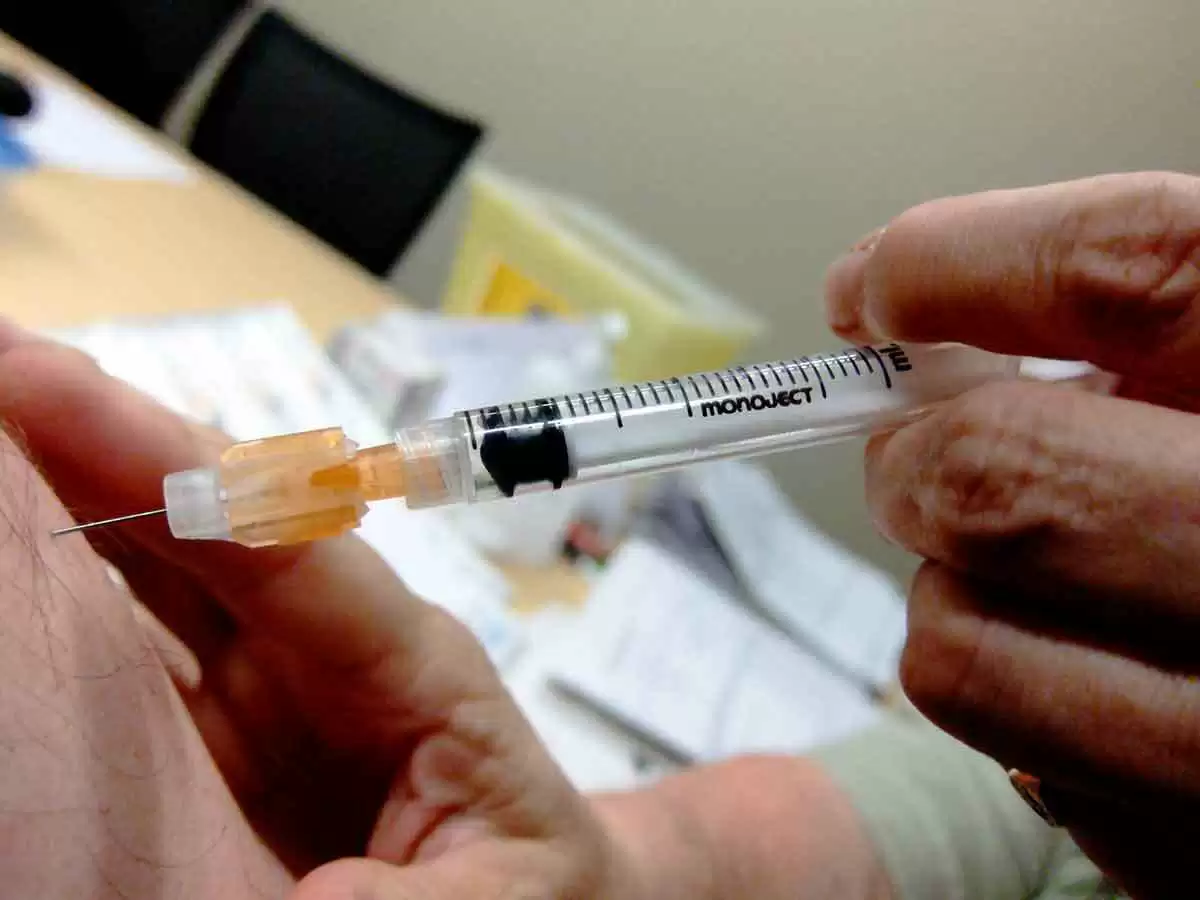
Celiac.com 12/21/2020 - Recent leaps in understanding the development of celiac disease have led efforts toward a new, non-dietary, vaccine therapy.
A lifelong gluten-free diet remains the only treatment for celiac disease, but research shows that even the most diligent gluten-free dieters are likely to be exposed to gluten on a regular basis. This is part of the appeal of safe, effective non-dietary treatments for celiac disease. And adjunctive and/or vaccine therapy is one of those approaches.
Celiac.com Sponsor (A12):
New therapies might focus on immune regulation by IL-10, as in vitro models of treated celiac patients show that external IL-10 can overwhelm the gliadin driven IFN-γ response in intestinal biopsies. But, even though people with active celiac disease show high levels of anti-inflammatory IL-10 it's not enough to suppress the overwhelming Th1-mediated response.
However, vaccination with gluten might trigger the extension of regulatory T cells, which could restore oral tolerance to gluten. It remains to be seen whether these approaches can strongly decrease the inflammatory intestinal response in celiac disease.
A few experimental clinical trial studies have been run, though only one trial has used concurrent gliadin-based immunotherapy; that study is numbered NCT00879749 using the ClinicalTrials.gov Identifier.
One recent study indicated a safety evaluation and estimates an inducible immune response by intradermal injections of Nexvax2 in treated celiac patients, which is specific to HLA-DQ2 patients. That vaccine contains three gluten peptides established by ImmunsanT for the treatment of celiac disease. These epitopes are responsible for the various immune responses by isolated T cells. A phase I in 40 HLA-DQ2+ celiac disease patients, using subcutaneous doses, showed no clinically applicable harmful effects.
So far, however, few experimental therapies have been emerged as new targets for celiac disease in phase I–II trials and larger randomized controlled trials. Any suitable unique therapy needs to be harmless, operative and inexpensive. This invites further examination into the development of a new non-dietary treatment for celiac disease patients.
Read the full paper by Mohammad Rostami Nejad of the Celiac Disease Department, Gastroenterology and Liver Diseases Research Center at Shahid Beheshti University of Medical Sciences in Tehran, Iran in the International Journal of Celiac Disease, 2015, Vol. 3, No. 4, 115-117.




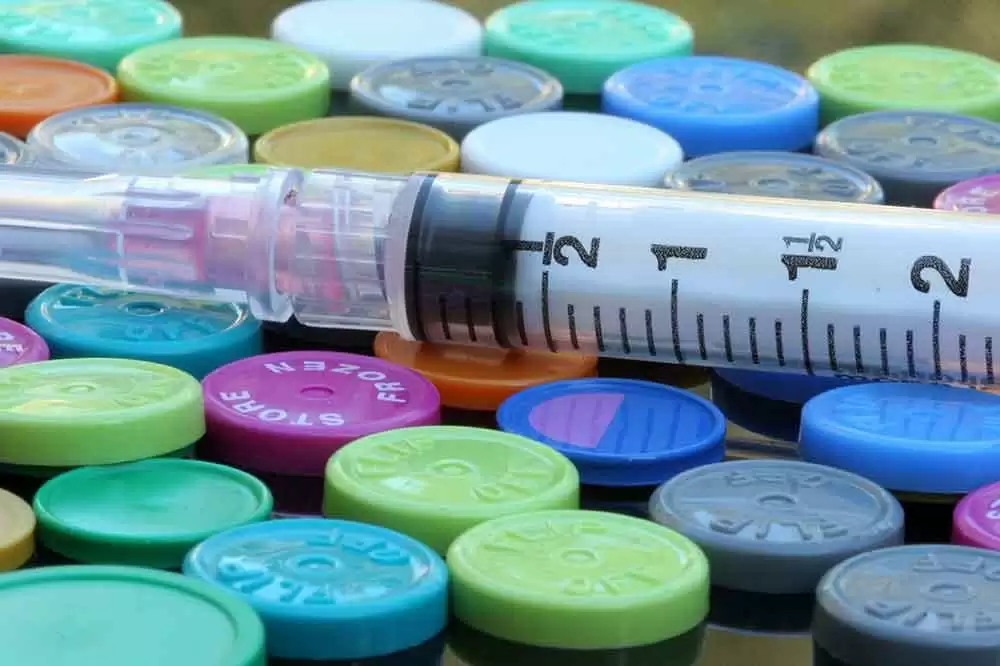
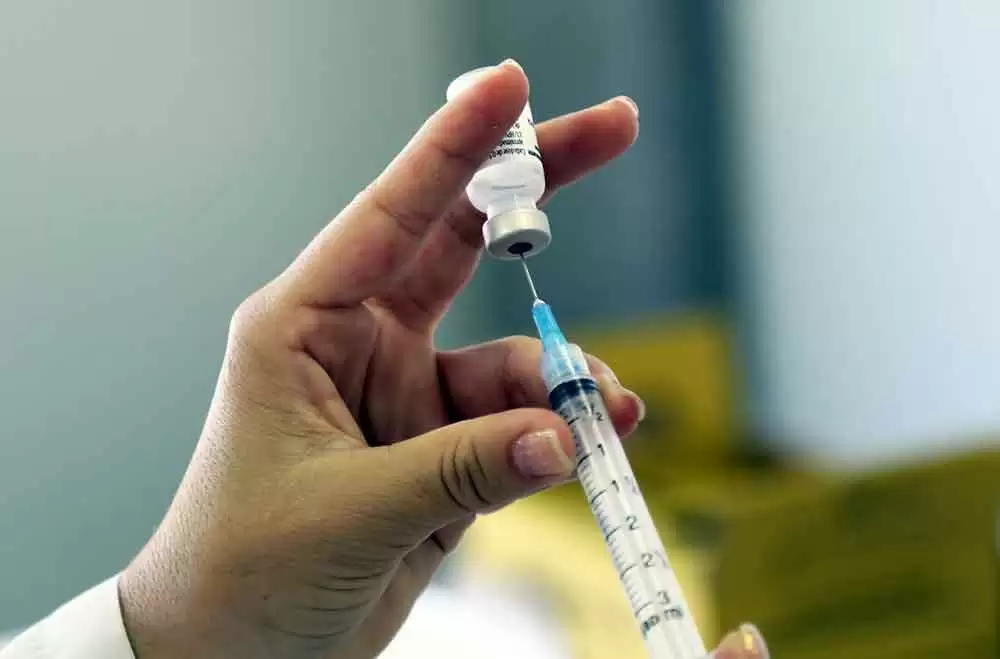

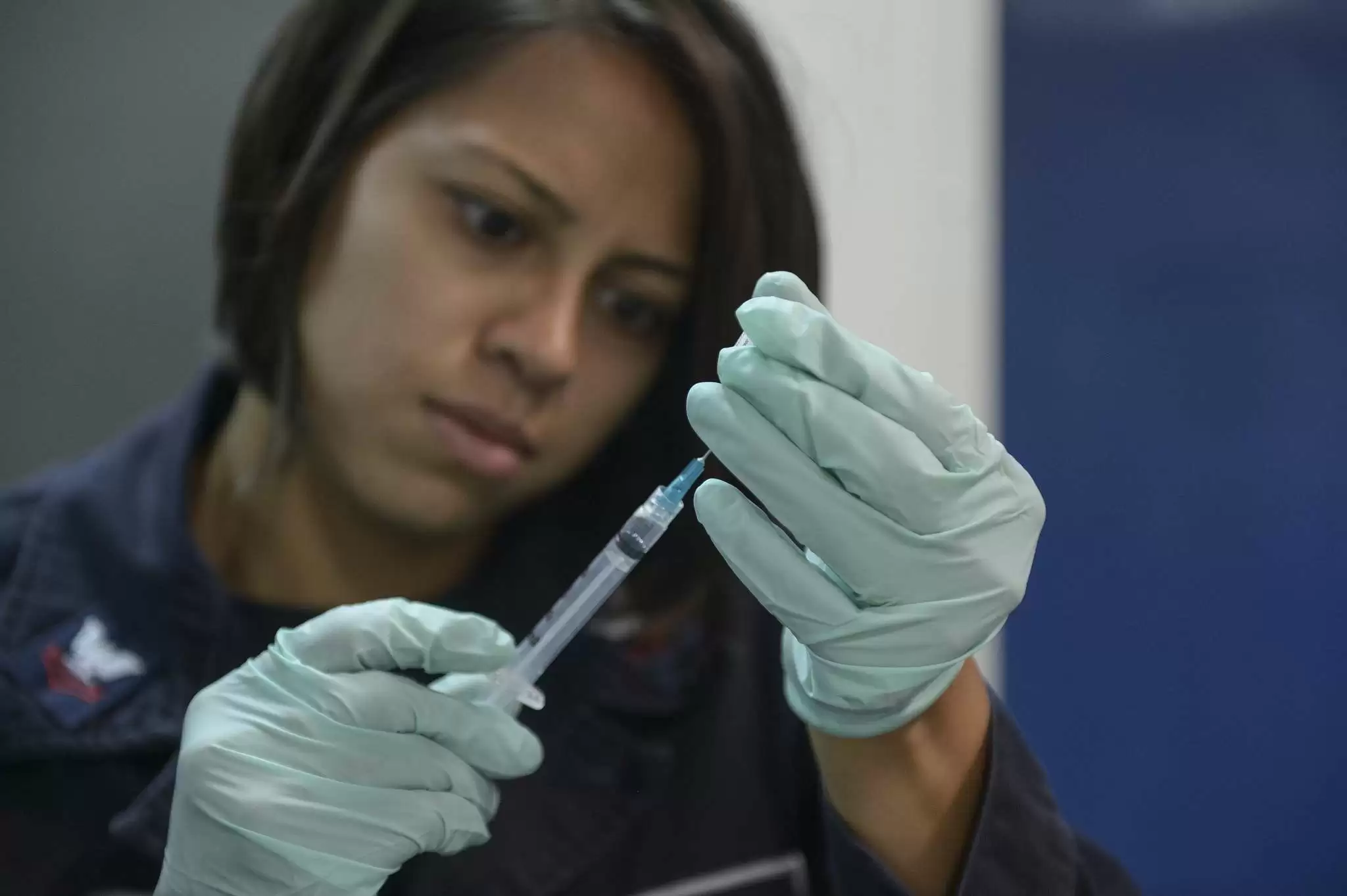
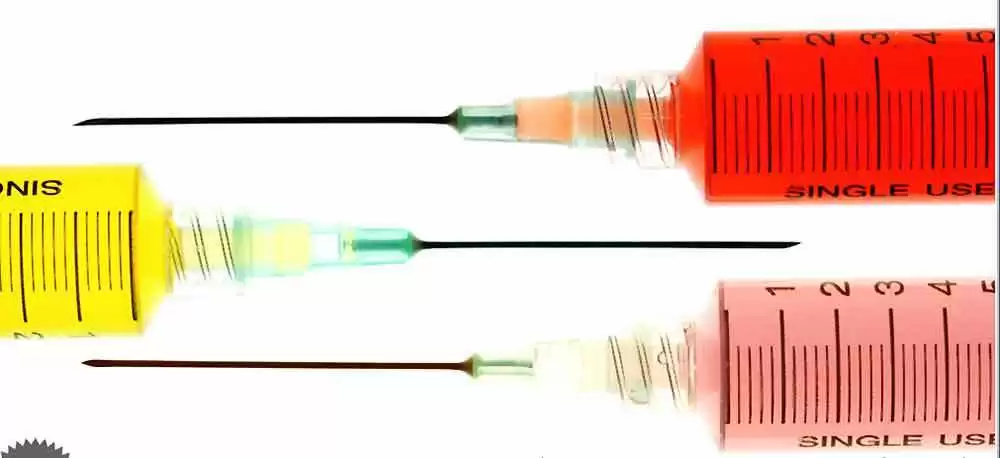


Recommended Comments
Create an account or sign in to comment
You need to be a member in order to leave a comment
Create an account
Sign up for a new account in our community. It's easy!
Register a new accountSign in
Already have an account? Sign in here.
Sign In Now